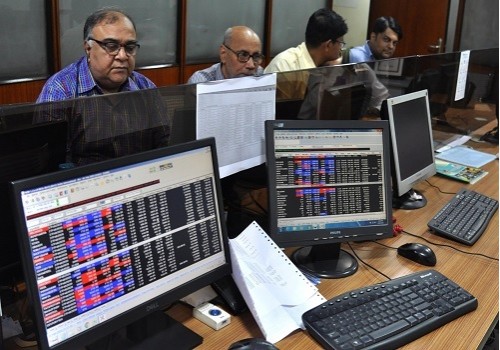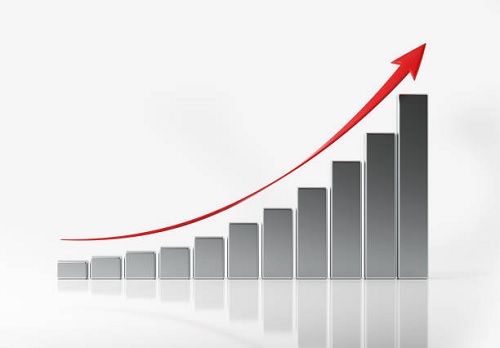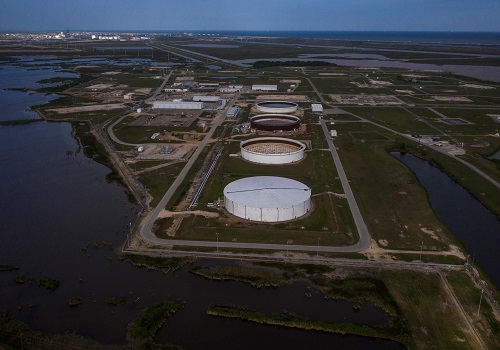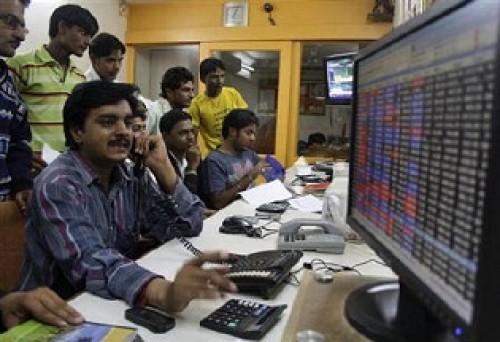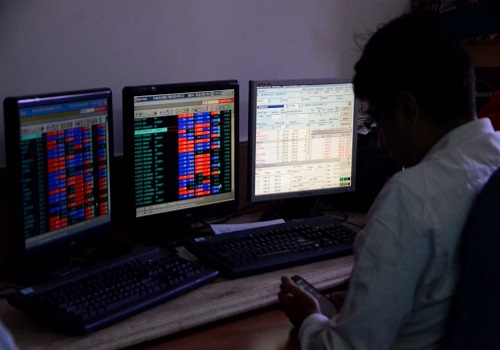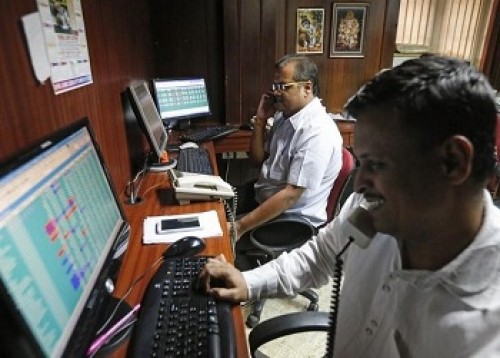Equity Year End Wrap and Outlook 2023 by George Thomas, Quantum AMC

Follow us Now on Telegram ! Get daily 10 - 12 important updates on Business, Finance and Investment. Join our Telegram Channel
Equity Year End Wrap and Outlook 2023 Quote By George Thomas, Fund Manager- Equity, Quantum AMC
Equity Year End Wrap-up & Outlook - 2023
2022 was an eventful year when the global economy witnessed the cons of easy money flow (Quantitative Easing). Inflation across the globe tested multi-decadal highs forcing the global central banks to an interest rate hiking spree. Consequently, the US Federal Reserve increased the benchmark rate to its highest level in 15 years. Amidst all these, India turned out to be an outlier when most of the global markets clocked negative returns. The relatively stable equity market in India was a result of a smart economic recovery from the pandemic shock and the growing dominance of retail investors.
What does a higher interest rate mean for equity markets?
Stock prices reflect the present value of future cash flows that companies are likely to accumulate over their life. The discount rate used to discount future cash flows is a function of prevailing interest rates. Generally, companies trading at high valuations are more sensitive to an interest rate increase as the majority of the value emerges from high expectations on future cash flows. When interest rates increase, the high-valuation cohort tends to undergo a reset in valuation multiples to reflect the new reality. If we were to sort Nifty 50 stocks in terms of descending order of valuation multiples (P/E ratio is considered), the average annual returns of the top 15 ranked companies have exceeded the bottom 15 ranks by a wide margin from CY16 till CY21. As interest rates rose rapidly over the past year, the tide turned in favor of the bottom ranks - typically representative of the value style coming back in favor.
Source: Bloomberg; Current Nifty 50 stocks are considered; Data as of Dec 15, 2022
Can India continue to outperform global markets?

Source: Bloomberg, Data as of Dec 15, 2022
Past performance may or may not be sustained in the future.
Over the past one-year, Indian markets were resilient and delivered positive returns compared to a double-digit decline in several of the global markets. As indicated in the above table, India’s outperformance was supported by robust earnings despite the Covid shock.
Another factor thatsupported the markets wasstrong flows from domestic retail investors. If we take the cumulative flows into equity markets since 2003, the share of flows since 2017 for FPI (Foreign Portfolio Investors) and Domestic Mutual Fund investors stands at 15% and 78% respectively (Data as of Nov 30, 2022). Unlike the experienced FPI, most retail investorshaven’t seen a full market cycle yet. It will be interesting to see how retail investor behaviorpans out over the long term.Nevertheless, Indian households'under-investment in equities (4.8% of Household Assets as of March 2022) grants ample scope for incremental flows.
Historically, India has always traded at a premium to global markets due to the demographic dividend and reasonably stable policy environment. As the Indian market valuation is hovering close to its long-term average, the stock price returns henceforth will be largely driven by earnings growth. After many years of subdued earnings growth, the current earnings cycle in India looks promising in the medium term.
Stable Economic indicators
Domestic economic indicators continue to be reasonable.Credit demand and GST collections continue to remain healthy for many quarters in a row. Capacity utilization of the manufacturing sector surpassing the 70% mark indicates a possibility of private Capex revival. The government Capex trend is likely to be strong given the robust growth in tax collections. The possibility of good rabi crops and elevated crop prices are expected to revive rural demand. Even in case of a global slowdown, the impact on India is likely to be minimal givenIndia’s strong domestic linkage (~70% of GDP from Domestic & Government Consumption).
Key Risks
Geopolitical tensions and China’s ease in Covid policy could trigger a rally in commodity prices including crude oil.Equity flows from FPIs could come under pressure giventheirpossible preference for overseas markets poststhe recent correction in their valuations.Persistent volatility inthe domestic equity market could also lead to pressure on domestic MF flows.
What should an investor do?
Equity as an asset class stands out given its ability to beat inflation over the long term. Investors who remain invested for three years plushave had reasonable experience despite short-term volatility. Data shows that as the investment horizon increases, the chances of a negative return decrease considerably.
Rolling Returns based on Nifty TRI (Total Returns including Dividend) from 2000 till Nov 30,2022:

Source: Bloomberg
Past performance may or may not be sustained in the future.
We remain positive on Indian equities with a long-term perspective given its macro strength, reasonable valuations, and the potential persistence of earnings upcycle.
Above views are of the author and not of the website kindly read disclaimer








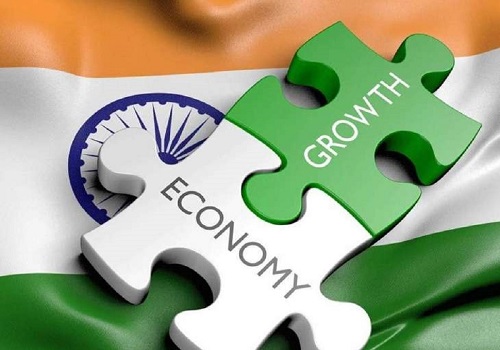
Tag News
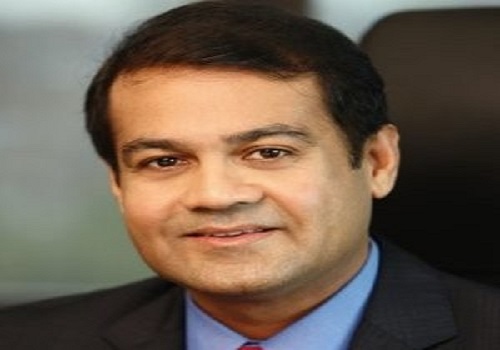
We anticipate immense potential benefits from the upcoming Sovereign Gold Bond Tranche in FY...

